~*~
This article was written by Madeline Faiella
We talked about telling a story with mixed media art and now let’s talk about adding texture.
I chose this piece to explain the process because it’s easy to see what I did. This piece is 3 feet tall and 2 feet wide but try it on a smaller surface if you like. The surface I used is actually a court room board that an attorney let me have to which I added a base of white paint and gesso. It’s great when you can re-use something.
The face in this piece is done on paper, painted with acrylic and attached to the base with gesso. I applied gesso and molding paste in layers across the base surface and around the face in light, graduated layers using a wooden stick. It’s vital that the edges of the face “live” within the background so lighter layers are better. Sometimes I add color to the gesso and/or molding paste but in this case I started with clear and let it dry thoroughly. When applying many layers, drying is very important. This piece took a while to complete because the humidity here in South Florida can make it very difficult for drying even with the air conditioner on. Leave your piece to dry overnight between layering to ensure that it’s very dry.
Layer after layer I created my piece with careful planning yet enough spontaneity to keep it free. I used a trowel and molding paste colored to my desired color and ran it over stencils, burlap and other means of textural items. Keeping the colors in mind, step back from your work each time you add another layer or item. Build layer by layer. The bags that hold oranges make a great textural tool. Be creative and see what’s around your studio.
Try new things, keep it layered and have fun. Happy arting.
~*~*~*~*~*~*~*~*~*~*~*~*~*~*~*~*~*~*~*~*~*~*~*~*~
Madeline Faiella is the owner of Madeline Faiella Designs, LLC. She is a “tradigital” artist. She works traditionally and digitally in Photoshop and Adobe Illustrator. Her work is featured on home décor, electronic devices, stationary, fabric and more. Her arsenal of tools is broad and her work varied. She is licensed, published, appeared on TV and radio and has written continuing columns for the art and creative community. She has a line of non-toxic acrylic paint “Art Jacket” with Earth Safe Finishes. Her art education hails from The School of Visual Arts in Manhattan and the many years she absorbed cultural enlightenment globe-trotting during a 23 year singing career. She’s been drawing, sewing and making since she was a child. See more of her work at www.madelinefaiella.com
~*~*~*~*~*~*~*~*~*~*~*~*~*~*~*~*~*~*~*~*~*~*~*~*~
.
.
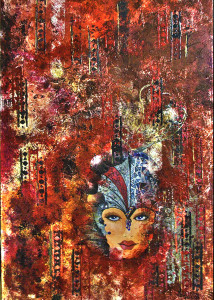
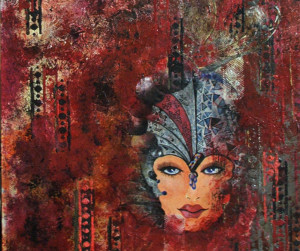
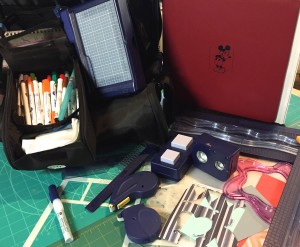
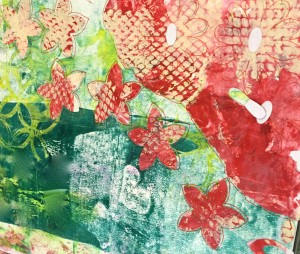
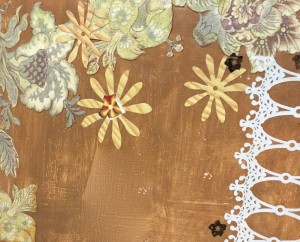
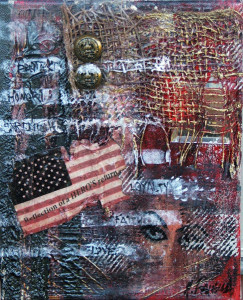
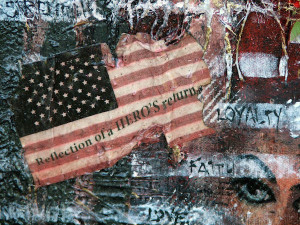
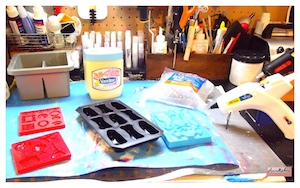
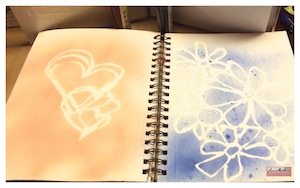
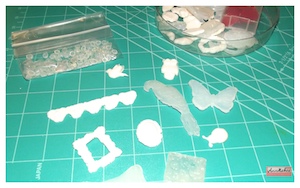



Recent Comments